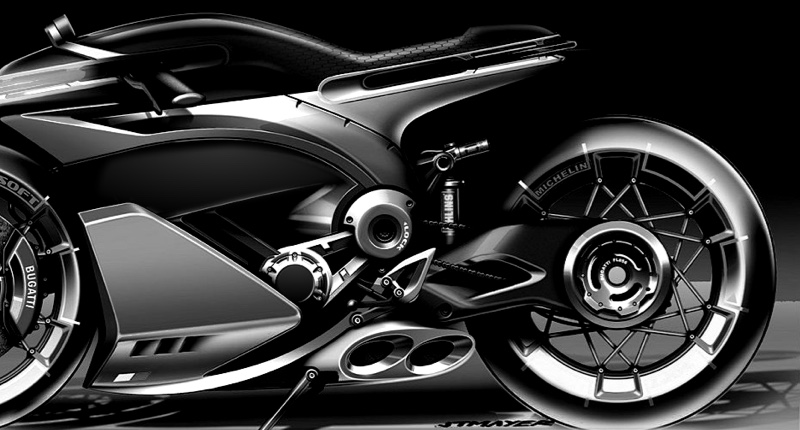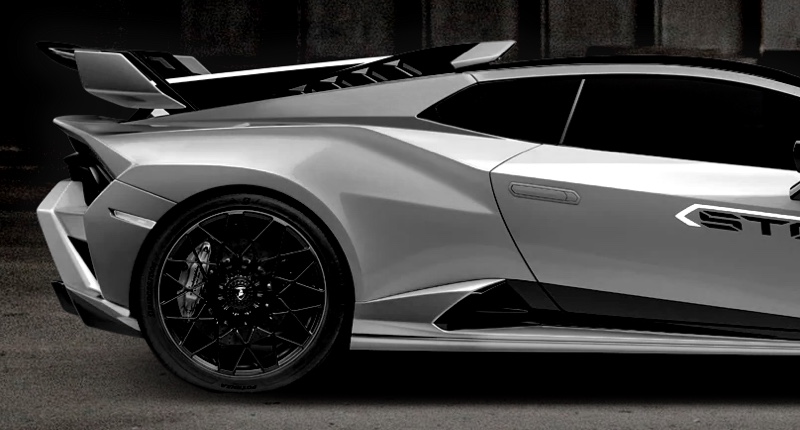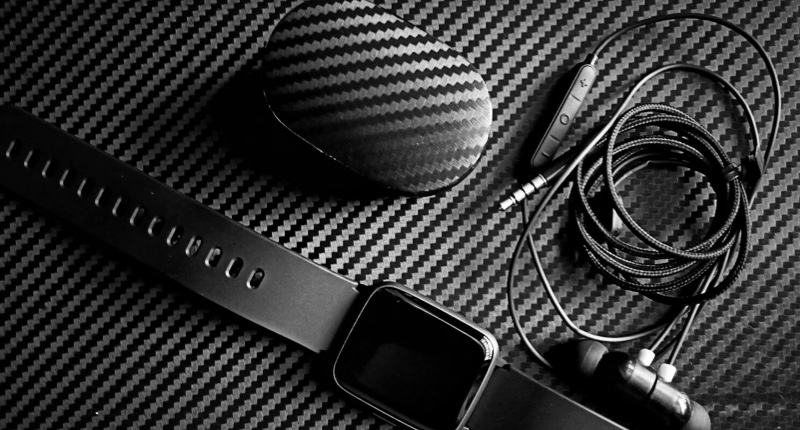Application of 3D Printing in Carbon Fiber Accessories
Application of 3D Printing in Carbon Fiber Accessories
3D printing, also known as additive manufacturing, is revolutionizing the production of carbon fiber accessories across various industries. This innovative technology allows for the precise layering of carbon fiber materials to create complex and high-performance components. Below, we explore the key applications and roles of 3D printing in the realm of carbon fiber accessories.
Customization and Design Flexibility
One of the most significant advantages of 3D printing in carbon fiber manufacturing is the ability to produce highly customized components. Traditional manufacturing methods often involve complex molds and tooling, which are not cost-effective for small production runs or bespoke designs. 3D printing eliminates these constraints, enabling manufacturers to create tailored carbon fiber parts that meet specific requirements and design specifications. This customization is particularly valuable in industries such as automotive, aerospace, and sports equipment, where bespoke performance enhancements are critical.
Rapid Prototyping and Production
3D printing accelerates the prototyping and production process for carbon fiber accessories. Engineers can quickly design, print, and test prototypes, allowing for faster iteration and refinement. This rapid prototyping capability reduces development time and costs, facilitating quicker time-to-market for new products. In addition to prototyping, 3D printing supports on-demand production, enabling manufacturers to produce parts as needed, which reduces inventory costs and waste.
Lightweight and High-Strength Components
Carbon fiber is renowned for its strength-to-weight ratio, and 3D printing enhances this property by allowing precise control over material distribution. Additive manufacturing enables the creation of lightweight yet robust structures that are optimized for performance. For example, in the automotive and aerospace industries, 3D-printed carbon fiber components can significantly reduce the weight of vehicles and aircraft, leading to improved fuel efficiency and performance.
Complex Geometries and Integrated Functions
3D printing excels in producing complex geometries that are difficult or impossible to achieve with traditional manufacturing methods. This capability is particularly beneficial for carbon fiber accessories that require intricate designs or internal structures for enhanced functionality. For instance, 3D-printed carbon fiber parts can incorporate internal channels for cooling or reinforcement patterns that optimize strength and flexibility. These integrated functions are advantageous in high-performance applications such as motorsports and aerospace.
Sustainability and Waste Reduction
The additive nature of 3D printing inherently reduces material waste compared to subtractive manufacturing methods, which involve cutting away excess material. By precisely depositing carbon fiber only where needed, 3D printing minimizes waste and promotes more sustainable production practices. Additionally, the ability to produce parts on demand reduces the need for large inventories, further contributing to sustainability efforts.
Conclusion
3D printing plays a transformative role in the development and production of carbon fiber accessories. Its ability to enable customization, accelerate prototyping, produce lightweight and high-strength components, create complex geometries, and reduce waste makes it an invaluable tool in modern manufacturing. As 3D printing technology continues to advance, its integration with carbon fiber materials will likely lead to even more innovative applications and performance improvements across various industries.

Rev Up Your Ride: Supreem Carbon - China's Finest Custom Motorcycle Carbon Fiber Parts

Supreem carbon Auto part new arrivals!

How Long Do Carbon Fiber Parts Last? | Supreem Carbon

Discuss of the common carbon fiber product production processes and the application.

Supreem carbon Honda-NSX 100% Fiber Door Handle released!

Carbon Fiber in Everyday Products: Modern Applications & Home Uses | Supreem Carbon
For Facotry
How many monthly production capacity of the factory?
The average monthly production capacity reach 3000 pieces. With the equipment upgrade, it will be increased over 4000 pieces per month.
Supreem carbon main competitive advantages.
Rich experience
Over 10 years production experience in carbon fiber industry, providing customers with high quality carbon products.
Excellent service
From new project development to customer finished product delivery, we provide customers with full tracking and timely feedback on project progress.
High-Quality Products
Our carbon fiber products undergo rigorous quality control to ensure customers achieve the high quality and cost-effective product.
For Products
Which surface could you provide for the carbon parts?
Gloss finish, matte finish, satin finish. Some color coating as the customer needs.
How can I get some sample?
Actually we dont provide the free sample to customer, you can place a sample order if need some parts.
For Customized Service
How long does the customized products order take?
This depends on the complexity and mold production cycle of the product. The first sample will be ready in 2-3 weeks after mold finished.

Kawasaki ZX10R Carbon Fiber Belly Pan
The carbon fiber belly pan reduces the weight of the car body and provides a unique visual effect. It improves motorcycle performance and provides an excellent driving experience. It is handmade with 100% dry carbon technology and perfectly matches the original car accessories. You can replace the ABS directly.

Suzuki GSX-R1000 Carbon Fiber Chain Guard

KTM 1290 Super Duke R Carbon Fiber Rear Fender

Porsche GT3RS Carbon Fiber Full Sets Aerodynamics Kits
Let’s Bring Your Carbon Fiber Ideas to Life
Have a question or inquiry about our carbon fiber composite products? Leave us a message here, and our team will get back to you promptly.
Whether you're interested in custom orders, technical specifications, or partnership opportunities, we're here to assist you.
Please fill out the fields above with your name, email address, and message.
© 2024 Supreem Carbon All Rights Reserved.





Facebook
Pinterest
LinkedIn
Instagram